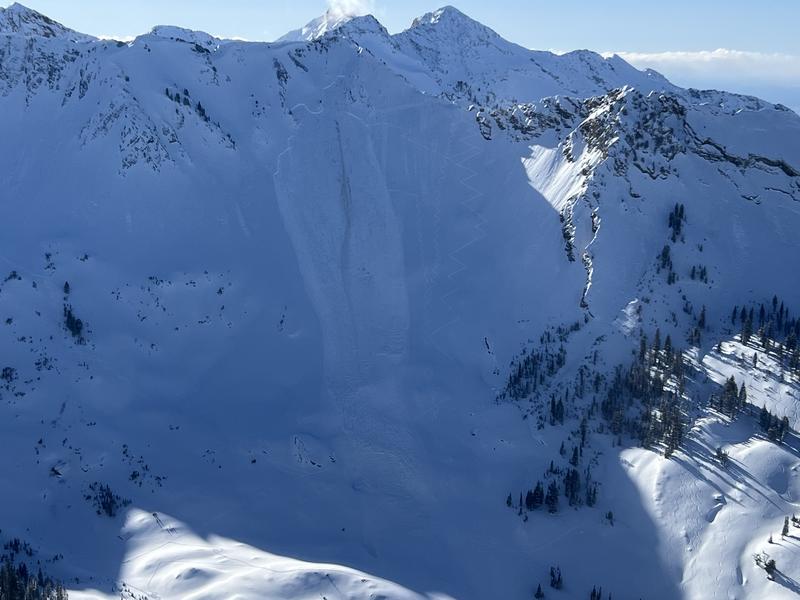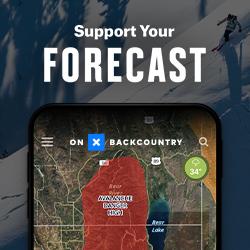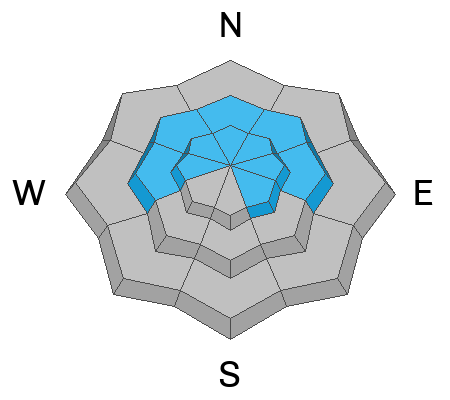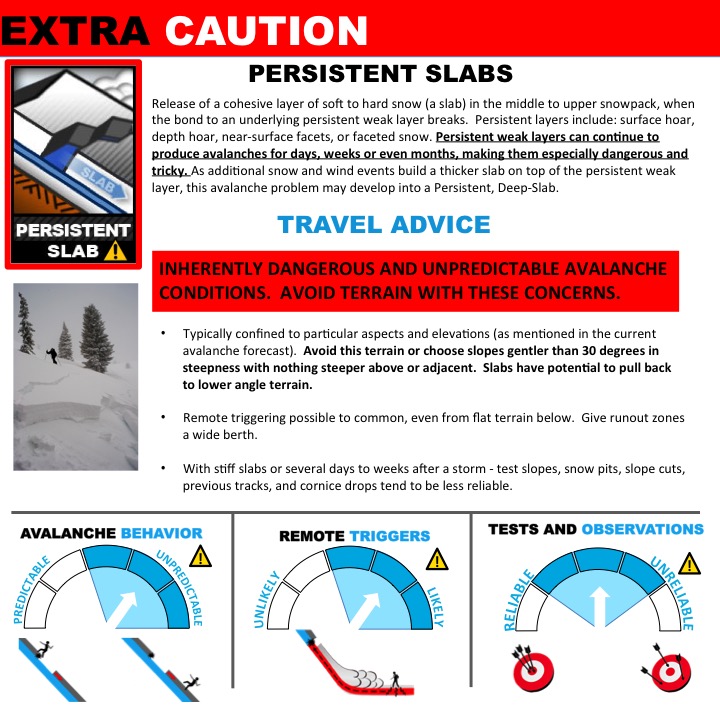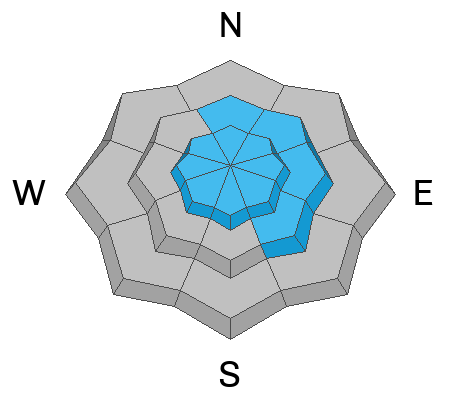Forecast for the Salt Lake Area Mountains

Issued by Nikki Champion on
Wednesday morning, February 12, 2025
Wednesday morning, February 12, 2025
A MODERATE avalanche danger exists on mid and upper-elevation northwest to east-facing slopes. On these slopes, you may trigger avalanches up to 1–3 feet deep and several hundred feet wide, failing on a variety of weak layers in the snowpack. While natural avalanches are unlikely, human-triggered avalanches are possible and should not be taken lightly.
The MODERATE danger extends to many other steep slopes, where human-triggered avalanches remain possible due to both wind-drifted snow and lingering new snow. Avalanche terrain must be approached with strong caution, as unstable slabs may exist on specific terrain features. Conditions are complex, and stability is variable—pay attention and be prepared to adjust your plans if necessary.
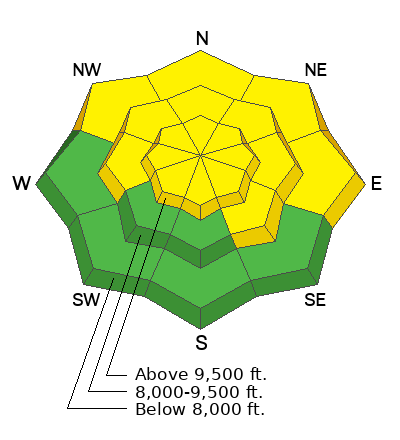
Low
Moderate
Considerable
High
Extreme
Learn how to read the forecast here



